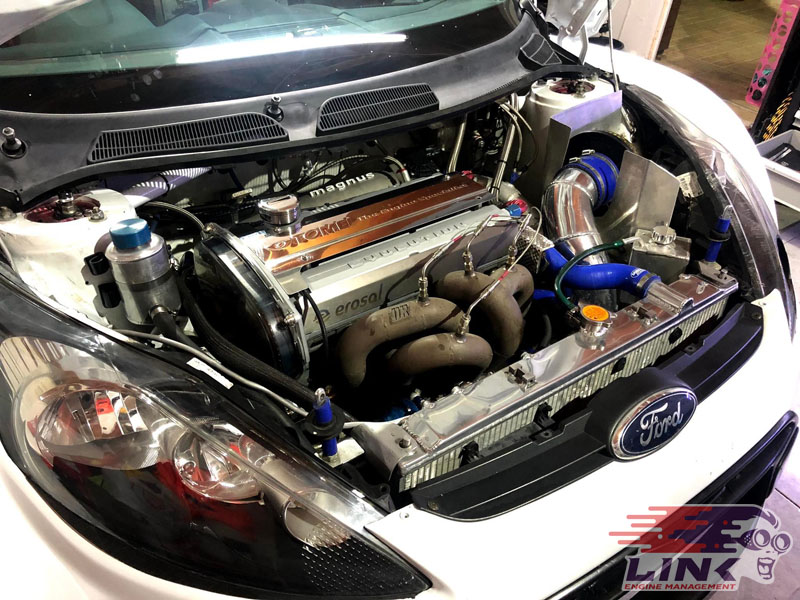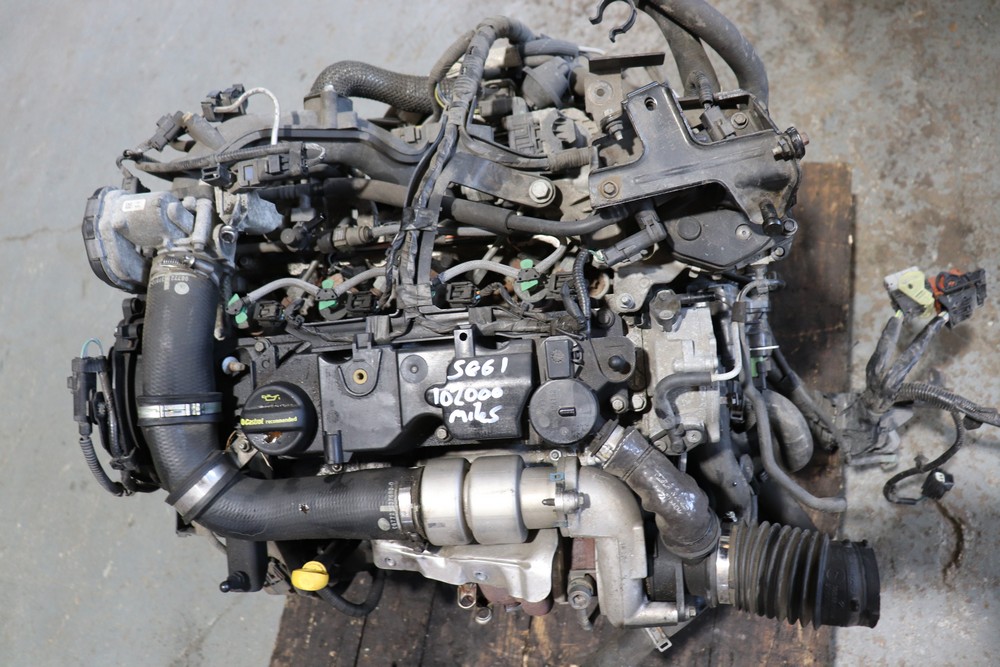The Role of a Quality Ford Fiesta Engine in Vehicle Performance
The Role of a Quality Ford Fiesta Engine in Vehicle Performance
Blog Article
Exploring the Evolution of Engines: From Timeless Layouts to Modern Marvels
The advancement of engine technology stands for a substantial story in the history of advancement, marked by pivotal developments that have continuously redefined transport and industry. From the first vapor engines that powered the Industrial Change to the emergence of internal burning engines that transformed movement, each phase has actually added to higher effectiveness and capability. Currently, the change to electric power indicates not just a technological change yet additionally a more comprehensive commitment to environmental sustainability. As we analyze these milestones, one should take into consideration just how the future of engine style may unravel, testing our assumptions of power and efficiency.
The Birth of Engine Innovation
The arrival of engine innovation marked a turning point in human advancement, transforming power conversion and transportation. The earliest engines emerged from the requirement to harness mechanical power for practical use, causing the development of gadgets that transformed different power kinds into activity. The principle of the engine can be mapped back to old human beings, where simple makers, such as the waterwheel and windmill, made use of all-natural forces to carry out job. It was during the late 17th and early 18th centuries that considerable innovations began to appear.
The growth of the interior combustion engine and the invention of the steam engine catalyzed an extensive change in industrial capabilities. These engines not only enhanced efficiency however likewise increased the extent of human flexibility, making it possible for extraordinary transport opportunities. The very early prototypes laid the groundwork for the mechanized globe, helping with the increase of industries and improving societal structures.
As engine designs advanced, they advanced and included cutting-edge materials design concepts, leading the way for modern growths - ford fiesta engine. The birth of engine modern technology fired up an unrelenting search of effectiveness and power, establishing the stage for the vibrant development of transportation and industrial equipment that would comply with
Heavy Steam Engines and Their Effect

The vapor engine's effect was especially evident in the transport market (ford fiesta engine). Steam-powered locomotives facilitated the quick motion of goods and individuals across vast ranges, effectively shrinking the geographical barriers that had actually previously impeded trade and communication. Likewise, steamships reinvented marine travel, permitting for quicker and much more dependable crossings of rivers and seas.
In sector, heavy steam engines powered factories, enabling automation and the increase of city centers as centers of financial activity. This shift not only altered labor characteristics however likewise contributed to the emergence of a consumer-driven culture. Moreover, heavy steam innovation fostered developments in design and manufacturing procedures, laying the groundwork for future developments in engine design. The legacy of vapor engines is profound, reflecting an essential moment in human resourcefulness and the ruthless search of progress.
The Increase of Inner Burning
Frequently outweighing heavy steam power, the increase of internal combustion engines noted a transformative change in transportation and sector during the late 19th and early 20th centuries. The advancement of these engines, identified by their ability to burn gas within the engine itself, enabled greater efficiency and power compared to conventional heavy steam engines. Pioneering developers such as Nikolaus Otto and Rudolf Diesel played important functions in improving engine styles, resulting in prevalent adoption in autos, watercrafts, and commercial equipment.
The inner burning engine's compact size and relatively lightweight nature facilitated the introduction of personal cars, transforming private wheelchair and improving metropolitan landscapes. By enabling faster travel and the efficient transport of items, these engines militarized economic growth and cultivated globalization. The versatility of gas alternatives, including gasoline and diesel, better improved their allure, enabling varied applications throughout different fields.
In spite of the environmental problems that would later on arise, the initial appeal of inner burning innovation stocked its transformative possibility. As society embraced this innovation, the structure was laid for modern transport systems, developing internal combustion engines as a cornerstone of commercial innovation and daily life throughout the 20th century.
Innovations in Engine Effectiveness
As internal burning engines became indispensable to transport and market, the emphasis moved towards boosting their performance to satisfy growing demands for performance and sustainability. Developments in engine layout, material scientific research, and technology have actually dramatically added to this evolution.
One significant advancement is the advancement of turbocharging, which permits raised air consumption, leading to more complete fuel combustion and enhanced power output without expanding engine size. Additionally, variable valve timing systems have been carried out to optimize engine performance across various RPM arrays, thereby enhancing fuel efficiency.
The application of advanced fuel shot technologies, such as direct shot, has actually additionally played a vital duty. This method allows for even more specific control over the fuel-air mix, advertising much better burning and lowering emissions. Lightweight products, consisting of aluminum and composite parts, have actually been adopted to decrease total engine weight, leading to boosted effectiveness.
These advancements mirror a broader fad within the automobile market, where the synergy between design development and i thought about this ecological considerations drives the ongoing quest for greater efficiency in inner burning engines. Because of this, modern engines are now extra effective, cleaner, and efficient than in the past, paving the means for a more lasting future in transport.
The Shift to Electric Power
With web growing issues over ecological effect and fossil fuel reliance, the vehicle industry is experiencing a substantial shift in the direction of electric power. This transition is driven by a mix of technical innovations, regulative pressures, and altering customer preferences. Electric automobiles (EVs) provide an engaging option to traditional interior burning engines, boasting lowered greenhouse gas emissions and lower operating costs.
The surge of battery innovation has actually been a video game changer, with lithium-ion batteries ending up being more affordable and effective. Improved power thickness and faster billing abilities have actually made EVs more functional for day-to-day usage. Moreover, federal governments worldwide are carrying out incentives and establishing ambitious targets for phasing out fossil fuel vehicles, consequently increasing the imp source adoption of electrical power.
As billing framework expands and battery modern technology continues to enhance, the shift to electrical power is positioned to reshape the automotive landscape, advertising sustainability and advancement in the years to come. The future of transportation is electric, and the momentum is undeniable.
Conclusion
The development of engine technology represents a substantial trajectory of technology that has exceptionally affected transportation and sector. From the fundamental steam engines to the transformative inner burning engines, each growth has added to enhanced movement and financial development.

Report this page